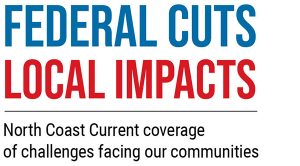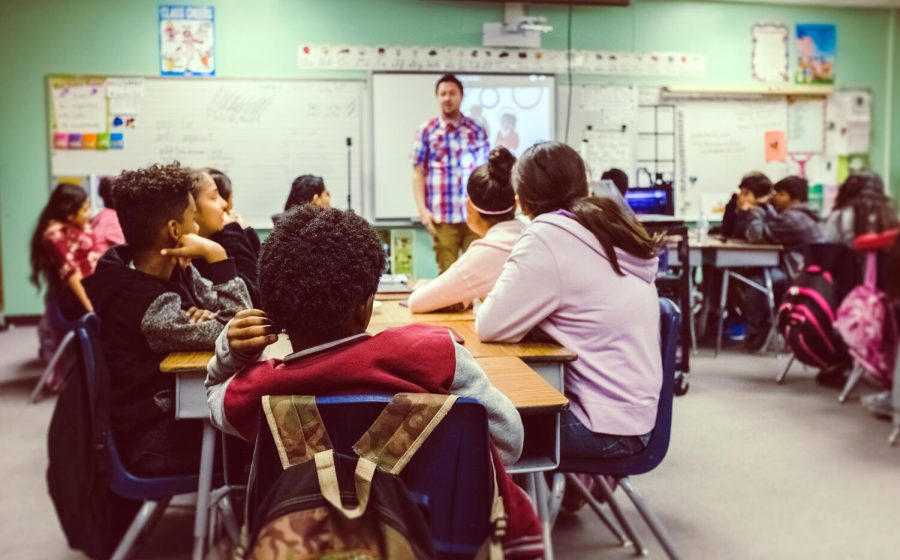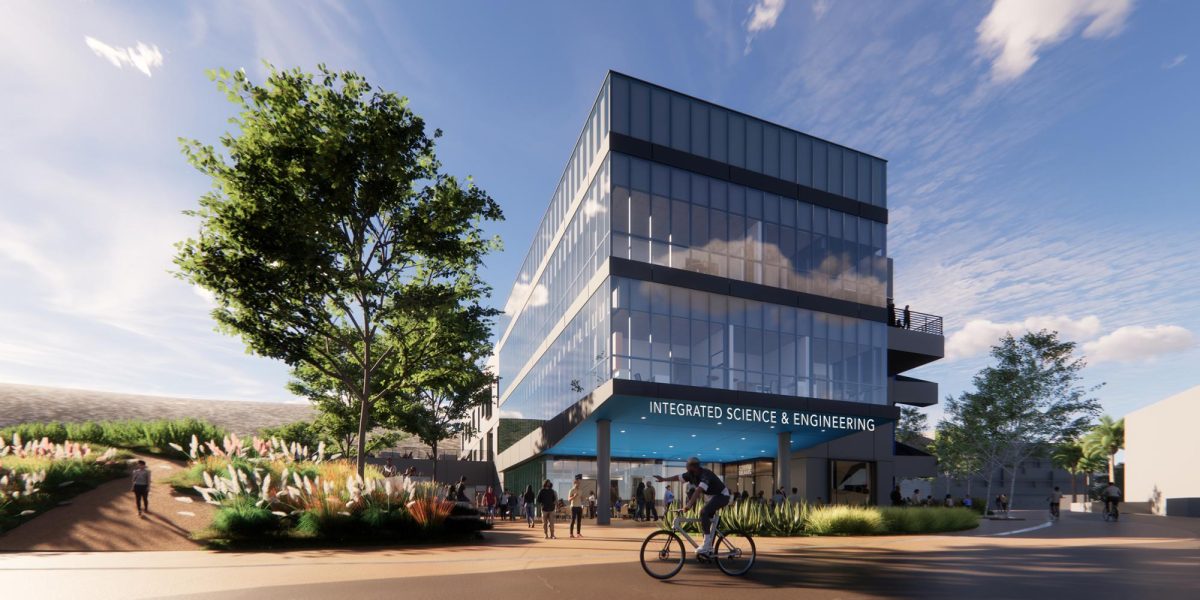President Donald Trump is actively targeting undocumented students through proposed education cuts.
In May, the Office of Budget and Management published its 2026 Skinny Budget Report. The 46-page document calls for eliminating $890 million from English Language Acquisition and $428 million from Migrant Education. However, the budget proposes to keep funding for Title 1, which provides financial support to school districts with a high percentage of low income students.
Confusingly, Title 1 also reserves state grants for migrant education, raising questions if these funds will be preserved if the budget goes into effect.
“We would wholeheartedly oppose any reductions in funds,” the Encinitas Union School District said in a statement. “These resources support critical programs. If there are reductions to these federal allocations, we would be required to adjust accordingly to ensure that the essential programs remain and students continue to receive the support they need.”
 This is just one part of the Trump administration’s ongoing push to remove immigrants from the country, which has been met with court rulings finding that such efforts are illegal.
This is just one part of the Trump administration’s ongoing push to remove immigrants from the country, which has been met with court rulings finding that such efforts are illegal.
In January, the Department of Homeland Security revoked a 2011 policy preventing ICE from raiding places like schools, churches and hospitals. Three months later, federal agents visited two elementary schools in the Los Angeles Unified School District.
These escalations have caused districts such as San Diego Unified to draw a line in the sand, with officials saying they’d refuse to cooperate with ICE through a January resolution.
“This is a stressful time for the kids and families,” said Kevin Scully, who works with the San Diego Nonprofit Students Without Limits. “They’re full of fear, they don’t have hope, and it’s discouraging for them to go to school, especially since detainments and deportations are on the rise.”
Students Without Limits partners with San Diego County schools to provide resources to undocumented K-12 students. This includes “know your rights” workshops, which outline what to do if ICE shows up to a school campus. It also walks students through the college application process, which can be difficult if they’re the first in their family to pursue higher education.
Under federal law, public schools cannot deny a free education to undocumented students. This precedent was set under the 1982 Supreme Court case Plyler v. Doe.
Undocumented students face a unique set of challenges that American students don’t have to worry about. If a student is learning English, they might have to take an English Language Development class to catch them up. Maybe a high school student is forced to work a part-time job because their family is struggling financially, for example. Along with anti-immigrant racism reaching new highs, these conditions can create barriers between students and success, which can severely damage a kid’s morale.
“I think it’s important for school staff to know that,” Scully said. “And to celebrate the diverse backgrounds that students have … No matter how they look, they are welcome, and they deserve an education.”
Owen Pratt is a local freelance writer. Letters to the editor are welcome. Send letters to letters[at]northcoastcurrent.com.







